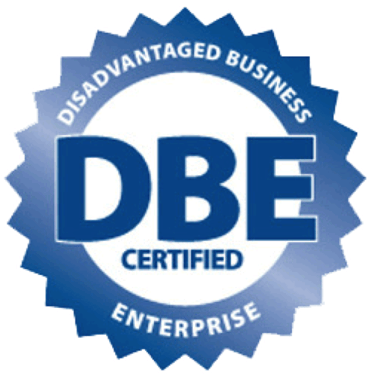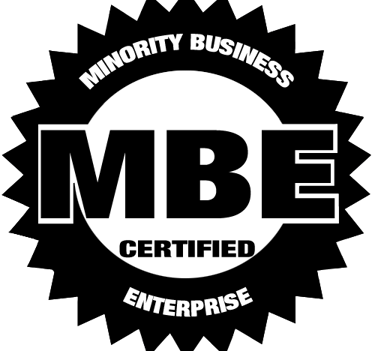What’s Driving the Trend
Rising healthcare costs continue to challenge both employers and employees. To offset those costs while maintaining satisfaction, many organizations are turning to voluntary benefits that can be tailored to individual needs. Flexibility and personalization are the new priorities—especially as multigenerational workforces demand benefits that align with different lifestyles and life stages.
Post-pandemic, voluntary benefits have also emerged as a critical retention and engagement tool. Programs like pet insurance, identity protection, and financial wellness services are helping employees feel more secure and supported, even when core medical plans remain largely unchanged.
Popular Voluntary Benefits for 2025
The voluntary benefits market continues to evolve quickly. Some of the most in-demand offerings for 2025 include:
• Critical Illness and Hospital Indemnity Insurance – Helps employees manage high out-of-pocket costs from serious health events.
• Identity Theft and Legal Services Plans – Increasingly important as remote work expands digital exposure.
• Pet Insurance – Once a niche offering, now among the top-requested voluntary benefits in multiple industries.
• Financial Wellness and Student Loan Repayment Tools – Provide practical support amid inflation and economic uncertainty.
• Lifestyle Spending Accounts (LSAs) – Allow flexible use of employer-provided funds for gym memberships, home office equipment, or wellness activities.
Employer Advantages
For employers, voluntary benefits offer a win-win opportunity. Because they are typically employee-paid through payroll deductions, they enhance the total rewards package without adding major employer expense. These programs also demonstrate a commitment to employee well-being and can strengthen recruiting and retention efforts—especially for smaller employers competing against larger organizations.
Communication and Enrollment Tips
The success of a voluntary benefits program depends on clear communication. Employers should highlight how these options complement core benefits, using examples that employees can relate to. Short videos, FAQs, and real-life testimonials are more effective than lengthy plan descriptions. In addition, consider promoting voluntary benefits beyond open enrollment—during onboarding, financial wellness campaigns, or mid-year engagement initiatives.
The Big Picture: Flexibility = Value
Employees increasingly measure value not just by salary or medical coverage, but by choice. A diverse benefits menu signals empathy and understanding, showing that the organization recognizes employees’ unique circumstances. By expanding voluntary benefits, employers can improve satisfaction, strengthen loyalty, and enhance overall culture—all without expanding their budget.
Expanding benefits doesn’t have to mean expanding your budget. Strategic voluntary benefits can deliver real impact at minimal cost.
→ Let’s review your 2025 voluntary benefits options.
Sources
1. MetLife Employee Benefits Trends Study, 2024
2. Aflac WorkForces Report, 2024
3. LIMRA – 'Workplace Benefits Outlook,' 2024
4. Society for Human Resource Management (SHRM) – 'Voluntary Benefits Survey,' 2024


Voluntary Benefits on the Rise: Why Employers Are Expanding
Choices in 2025
As employers prepare for 2025 renewals, one of the strongest trends in employee benefits is the rise of voluntary and supplemental programs. These benefits allow organizations to offer meaningful choice and personalization without adding significant cost to their budgets. For employees, they provide financial protection, convenience, and a sense of being cared for beyond traditional health coverage.
Transforming small business consulting with dynamic energy.
Service
Trust
(312) 220-9200
© 2025. All rights reserved.


141 W. Jackson Blvd. | Suite 1502 | Chicago, IL | 60604






